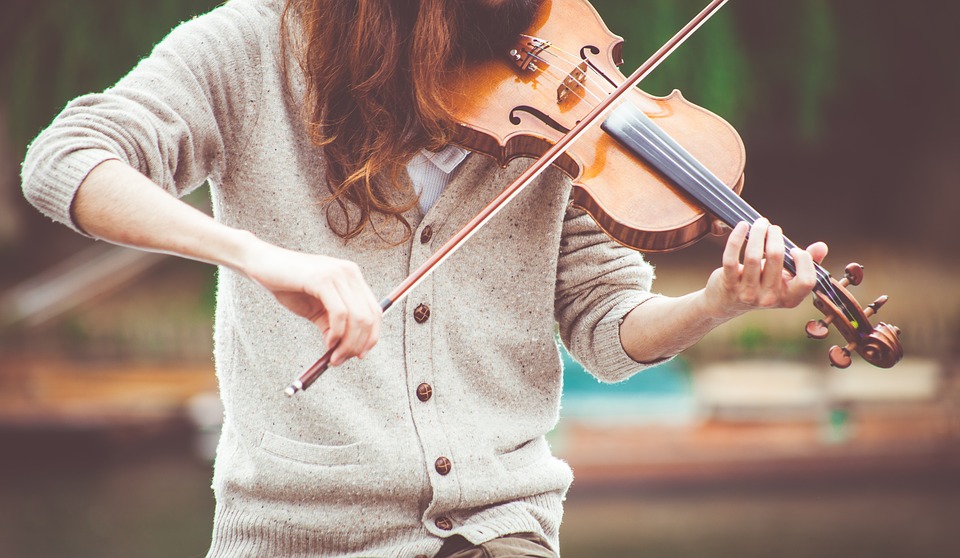Everyone loves music, it gives wonderful moments, soothes, pleases, and gives a sense of life. Different musical instruments have different features and differ in their structure, manufacturing material, sound, and playing technique. Repeated attempts have been made to create a classification of them. We decided to make a small guide, where we have placed types of musical instruments with pictures and names, so that every beginner can easily understand the diversity of the musical world.
Classification of musical instruments
Generally speaking, musical instruments can be classified according to various characteristics, but the most obvious one is according to the source of sound. The sound can be generated by the strings, a vibrating reed, the vibration of a hard surface, or the vibrating air in the body of the instrument.
These characteristics are used to distinguish strings, wind instruments, reed instruments, and percussion instruments, respectively. In addition to the source of sound, the way in which the instrument is played is an important criterion. Below we list the most common types of musical instruments.
Stringed
Violin, guitar, cello, banjo are all stringed musical instruments. The sound in them appears due to the vibration of the tensioned strings. There are bowed and plucked strings. In the first, the sound appears from the interaction of bow and string – the friction of the bow hair makes the string vibrate. Violins, cellos and violas work on this principle.

Snippered instruments sound because the musician himself with his fingers or a plectrum strikes a string and makes it sway. Guitars, banjos, mandolins, and domras work according to this principle.
Note that sometimes some bowed instruments are played with plucking, achieving a slightly different timbre. Violins, contrabasses, and cellos are among these instruments.
Wind instruments

In wind instruments, sound is produced by the vibrating air flow in the cavity of the musical instrument. It is likely that these musical instruments are some of the oldest, along with percussion. The pitch and character of the sound of wind instruments is influenced by exactly how the musician blows air out of his mouth, as well as the position of his lips and facial muscles, called the embouchure. In addition, the sound is regulated by the length of the air column by means of holes in the body, or additional spigots that enlarge the air column. The more distance the air travels, the lower the sound will be.
A distinction is made between woodwinds and brass. However, this classification speaks, rather than about the material of which the instrument is made, but rather about the historically established way of playing it. The wooden wind instruments are those where the pitch is regulated by holes in the body. The musician closes the holes with his fingers or flaps in a certain order, alternating them when playing.
Woodwinds can also include metal flutes and whistles, and even the saxophone, which has never been made of wood at all. Flutes, oboes, clarinets, bassoons, as well as antique shalmeys, block flutes, dudukes and zurnas are also included.
Brass wind instruments are those in which the pitch is regulated by additional sockets and by the musician’s embouchure. Brass bands include horns, trumpets, cornet, trombones, and tubas. A separate article is all about brass.
Reed instruments

Everyone is familiar with the harmonica. Its charming sound comes from the fact that the musician, blowing air into the instrument, makes a small metal reed vibrate, which produces the sound. Among the reed instruments are accordions, accordions, accordions, kazoos.
Also, among them can be referred reed instruments such as saxophone, bassoon or clarinet in which the sound is produced by the vibration of a small wooden plate, the reed.
Drums

One of the oldest musical instruments is, of course, the percussion. The sound is created by a musician striking an instrument or its resonating part. Percussion instruments include all drums, tambourines, xylophones, timpani, triangles and shakers. In general, this is a very large group of instruments, which includes ethnic and orchestral percussion.
Percussion
Percussion is percussion and noise musical instruments that are not part of a standard drum set, or the main percussion of an orchestra. Such instruments play an important role, creating a special mood and variety of the rhythm part and the entire composition as a whole.
The sounds of bells, the noise of rattles, castanets and tambourines – it is impossible to imagine modern music without it. Ethnic percussion, which includes ethnic percussion such as tambourine, bongos, maracas, wooden spoons and castanets, has a huge impact on the self-definition of many peoples, creating their identity.
Keyboard

Keyboard musical instruments include any instrument that has a piano or organ keyboard. Most often, in the modern interpretation, the keyboard refers to a piano, piano, organ, or synthesizer. In addition, this subgroup includes harpsichord, accordion, melotron, clavichord, harmonium.
Electro-musical
A relatively new subcategory of musical instruments in which sound is generated by electronic circuits. These include digital pianos, synthesizers, grooveboxes, samplers, and drum machines. Most of these instruments have either a piano keyboard or a keyboard consisting of special sensitive pad buttons. However, some electric musical instruments may have no keyboard at all, such as modular synthesizers, which receive information about the playing note by means of special programs or devices.
